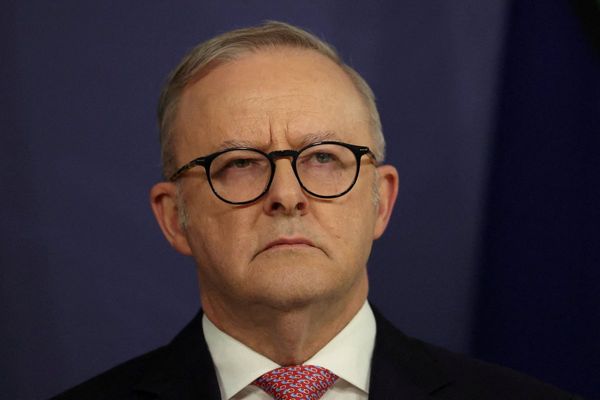
Title: Student Loan Default Rates and Minimum Wage Proposal Spark Debate
Recent data shows that 40 percent of student loan borrowers have defaulted on their October payment, causing concerns about the long-term implications for both borrowers and the economy. As prices continue to rise, increasing by 17 percent, many wonder about the impact of ongoing loan forgiveness programs on taxpayers and the viability of future economic recovery.
Experts emphasize that the inability to make payments after a three-year pause raises questions about the effectiveness of the current borrower relief measures. The Biden administration has been criticized for its handling of the situation, particularly as it claims credit for a strong economic recovery while public sentiment suggests otherwise. A recent poll reveals that only 21 percent of respondents view economic conditions positively for both the nation and themselves.
One of the factors contributing to the high default rates is the leniency shown by the current administration regarding reporting missed payments to credit bureaus. This approach has led to some borrowers delaying their payments, creating a worrisome pattern. Similar concerns arose with forgiveness programs implemented by the Small Business Administration (SBA) in response to the pandemic. The forgiveness threshold was set at $100,000, which led to questions about the potential for increasing reliance on forgiveness programs and their subsequent impact on taxpayers.
Critics argue that the student loan program should be more closely scrutinized and treated as a distinct system rather than one to be continuously forgiven. The lack of a clear rationale behind the justification for loan forgiveness leaves taxpayers to shoulder the burden, while the original loan recipients remain accountable for the contracts they entered into willingly.
The discussion also turned to the proposed increase in the minimum wage, with Senator Bernie Sanders leading the charge. His plan suggests a gradual rise, reaching $15 an hour by 2029, with adjustments tied to the job market. The Congressional Budget Office (CBO) projects a potential loss of 700,000 jobs as a result of this increase. However, opponents argue that setting a national minimum wage doesn't align with the diverse labor markets across the country.
Instead, proponents suggest that the market should dictate wages based on the specific needs and conditions of each region. Recent examples from various cities demonstrate that as the labor market strengthens, wages naturally increase.
While Sanders' proposal is unlikely to clear both chambers of Congress in its current form, it remains a contentious issue. The focus now shifts to individual lawmakers and their electoral motivations as discussions around the minimum wage continue.
Meanwhile, Southern California is bracing for the impact of heavy rain, which threatens to cause dangerous flooding in Los Angeles and San Diego. Forecasters warn that the rainfall levels could reach unprecedented levels not seen since the summer. The region remains on high alert, preparing for potential emergencies and ensuring the safety of residents.
As debates on student loan forgiveness and the minimum wage persist, the impact of these decisions on individuals, the economy, and regional labor markets remain at the forefront of discussions.







